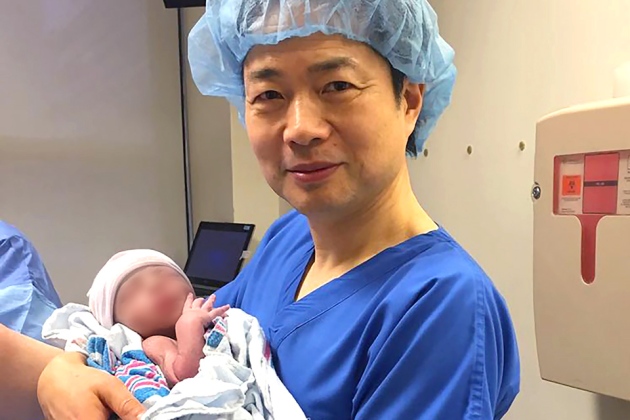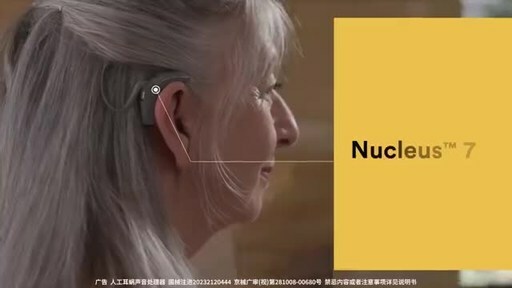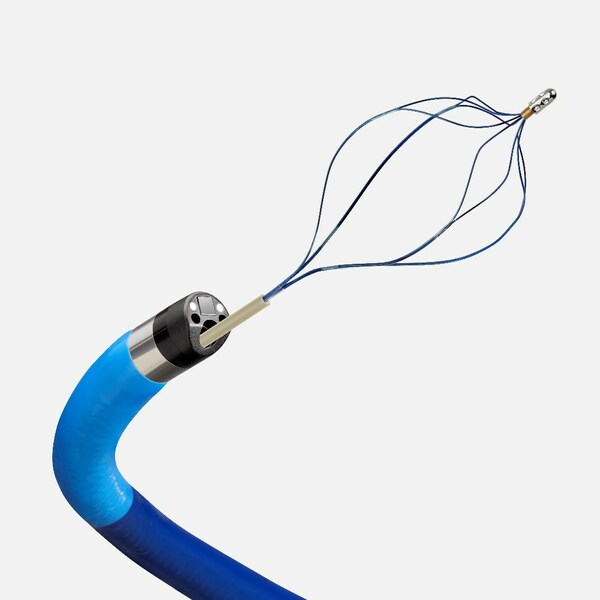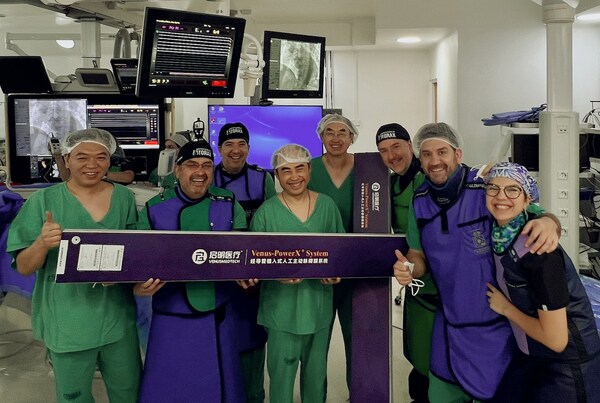
世界首例具有三个人DNA的男孩成功出生开启了生育治疗的先河。这个备受争议的技术遭到了专家们伦理的拷问,尤其是这项技术为什么不在医疗健全的美国或是英国进行,而是选择到了并没有明确法律约束的墨西哥。
在9月27日,新希望生育中心的研究人员通过纽约的新科学杂志表明,接受治疗的是一对约旦夫妻,男孩于四月出生。孩子的妈妈具有遗传性的亚急性坏死脑病,一种线粒体变异引起的神经性异常。在男孩出生之前这对夫妻已经因为此病失去了两个孩子。
为了使胚胎不具有变异基因,实验将母亲的卵母细胞核和健康捐赠者的细胞结合在一起,这种技术叫纺锤体转移技术,然后在将卵母细胞受精,形成受精卵。实验一共修改了五个胚胎,其中一个被植入母体,并且顺利的分娩。这个婴儿分别含有父母双方和捐赠者的DNA。
尽管在20世纪90年代就已经有三个父母的婴儿出生,可是使用的是不同的技术。这个技术概括的说是捐献者的卵母细胞内细胞核、线粒体等健康物质直接放入母亲的卵母细胞内,再与父亲的精子结合形成受精卵。
如果乔恩张的团队的实验能够得到认同,这个宝宝将会是第一例使用线粒体代替疗法的孩子。在美国线粒体代替疗法只在实验上允许,并且需要到FDA备案。去年美国国会取缔了FDA有关于这项技术的基金,使FDA的作用减弱。在2017年国会似乎并没有对这一决议有所更改。然而去年英国已经批准了线粒体代替疗法的方案。
乔恩张教授说:“我们很乐意与世界各地需要这项技术帮助的人接触,用这项技术帮助更多的家庭。”他的团队也计划后期追踪检测宝宝的健康状况,以确保这项技术的安全和有效。
A reported world-first in fertility therapy — a baby boy conceived using a controversial technique that mixes DNA from three people — has made headlines across the world. But with no way of verifying the claim because the specialists behind the procedure will not release data until October, some researchers are questioning the ethics of the procedure. In particular, they ask why the US-based team behind the operation chose to carry it out in Mexico, a country with less-clear oversight of human-embryo modification than, for instance, the United Kingdom or the United States.
Researchers at the New Hope Fertility Center in New York City told New Scientist — which broke the news on 27 September — that they had conducted the procedure for a Jordanian couple, and that the baby boy was born in April. The team, led by John Zhang, a physician at the centre, is not due to present details until 19 October, at the American Society for Reproductive Medicine meeting in Salt Lake City, Utah, but it has published an abstract online with sparse information.
According to the abstract, the boy’s mother carries a rare disease called Leigh syndrome, a neurological disorder caused by faulty mitochondria, the cell’s energy-producing structures. The couple lost two children to the disease before asking for the clinic’s help.
In an attempt to create embryos without the mother’s faulty mitochondria, the clinic’s team transferred the nucleus of the mother’s egg cell to the egg of a donor with healthy mitochondria and its nucleus removed — a technique known as spindle nuclear transfer — and then fertilized it with the father’s sperm, the team reports in the abstract. Zhang’s team modified five embryos, one of which was implanted into the mother and survived to birth. That baby inherited nuclear DNA from both parents and mitochondrial DNA from the donor.
Although other ‘three-parent’ babies were born in the 1990s, they were created using a different technique in which mitochondria and other cellular material from the eggs of healthy donors were transferred into the eggs of the mothers, which were then fertilized with the fathers’ sperm.
So the achievement of Zhang team’s, if verified, would represent the first child conceived using the spindle-transfer version of mitochondrial-replacement therapy (MRT). In the United States, MRT is in principle allowed, but requires review and approval by the US Food and Drug Administration (FDA). Last year, Congress banned the FDA from using federal funds to review proposals that would manipulate the genetics of human embryos — hamstringing the agency. Lawmakers seem poised to continue the funding ban into the 2017 fiscal year. The United Kingdom, meanwhile, decided last year to allow MRT under licence.
“We’d love to do it with partners around the world and reach out to more families that might need help,” Zhang told Nature. He says that his group plans to monitor the baby to ensure that the technique was safe and effective.



